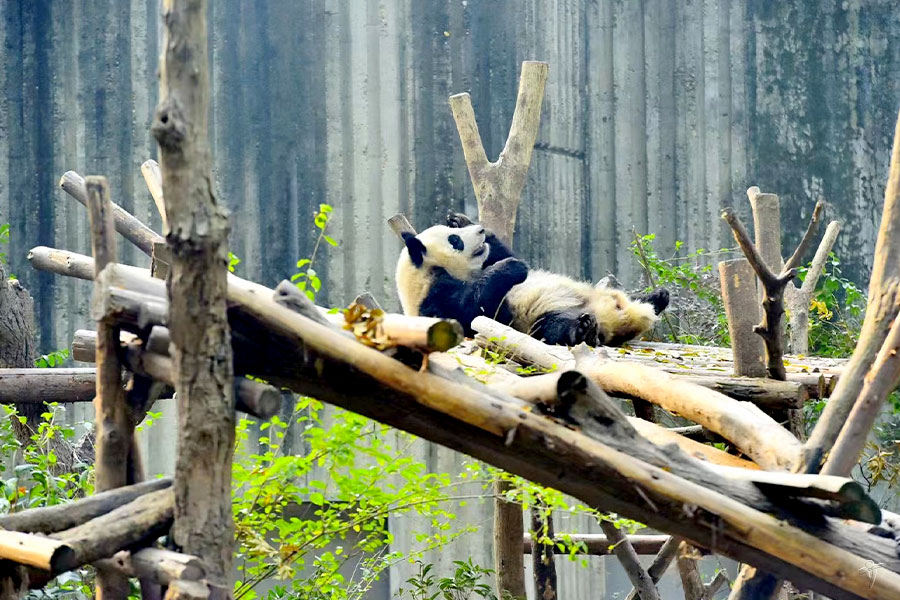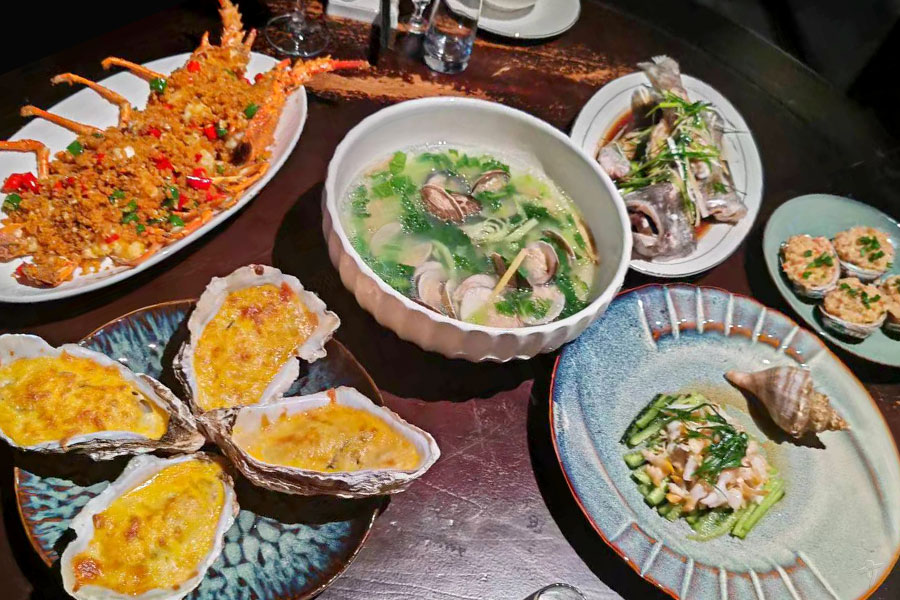Introduction of Giant Pandas

With "Ailuaractos lufengensis" being their forefather, giant panda is a kind of ancient animal living in the same age with saber-toothed tigers and some other prehistoric lives which have been extinct and fossilized, thus pandas are called "living fossil" by zoologists.
Mainly living in the north of Sichuan Province, Shaanxi Province and the south of Gansu Province, pandas are put under national production in China. With bamboo as their favorite food, pandas feed on almost all kinds of the bamboos that can be found in mountain regions (occasionally eat meat such as bamboo rats or bodies of other animals). Their unique dietary habit brings them another name – bamboo bear (by the local people). Normally, pandas live in places where there are two kinds of bamboos at least, the reason for that is that they can eat other bamboos if one kind of the bamboos blooms (bamboo will wither after blooming, which happen every 30-120 years for one cluster of bamboo). If all the bamboos bloom at a same time, pandas will face the threat of starvation.
In the open, pandas spend as many as 14 hours in eating and the rest of a day is the time for sleep and short-distant moves. An adult panda eat 12-38 kg of food every day, which accounts for nearly 40% of its weight. Although born with weak sense of hearing and eyesight, pandas live in dense forests in deep mountains with sensitive smell and special skills of climbing tree and swimming.
Related Readings
Top Topics

Chinese Kung Fu
Far and wide known as Kungfu (功夫) all over the world, Chinese martial art is also called Wugong (武功) or Wushu (武术) at home by Chinese people. It ca...

Chinese Tea
Being a vivid Chinese cultural specialty as well as Kungfu and traditional Chinese medicine, Chinese tea has been being developed in China for a lo...

Chinese Cuisine
"Food is the first necessity of the people" is a famous Chinese old saying, which reflects that Chinese have had paid much attention to food si...




